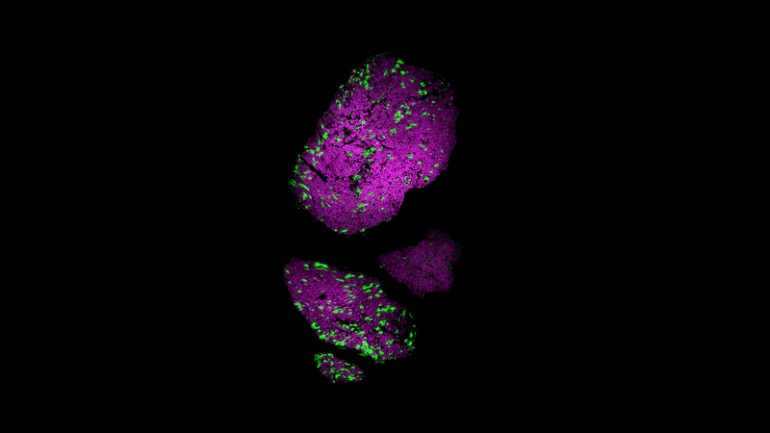Researchers at stanford have been able to genetically modify the mice so that the exposure of their paws to one type of light increases the sense of pain, while the exposure to another type of light reduces the sensation to the pain. This innovation can be very useful to relieve the suffering of patients with chronic pain conditions.
This technique called optogenetics, first of all involves injecting a virus into the mice, the virus has been genetically modified to contain the opsin generating DNA. After a few weeks, the nerves that controls the sensation of pain acquires this protein. Now the sensation of pain in the mice can be increased by simply exposing them to one type of light, while on the other hand, it can be decreased by exposing the mice to another type of light.
The scientists are hopeful that this research will also enable to explain as to why some people are more sensitive to the pain as compared to otthers. Hence, it will be possible to control the pain of the people with extreme and chronic pain situations.
According to the Dr Linda Porter, a researcher at the National Institute of Neurological disorders, this approach is a new hope for millions of people around the globe suffering from debilitating pain due to the nerve damage. Furthermore, as virus is used to inject the opsin into the nerve, this allows the flexibility to change the type of opsin protein. As different types of opsin protein can be tested for sensitivity to different types of light. This approach can also be used to test different type of pain relieving medications.
We are really intrigued by this new discovery and we hope that this research will be used to sooth the pains of millions of people on our planet. Do you think that pain relieving medicines can have any side effects?


